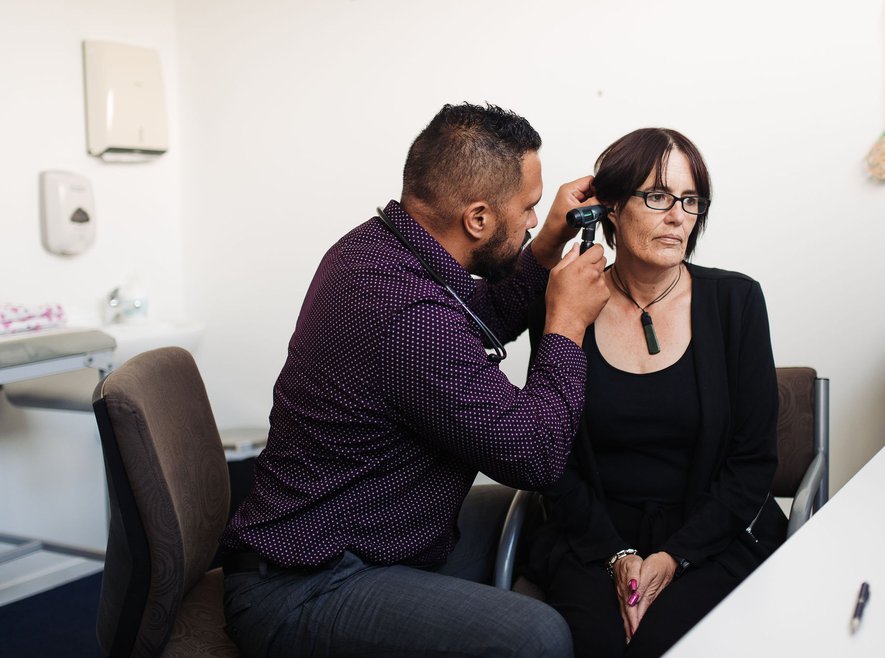5.2 Transfer of clinical responsibility
5.2 Transfer of patient clinical responsibility
It's important to work collaboratively with colleagues to maintain or improve care for patients and to ensure continuity of care wherever possible.
| Standard - what we'll be assessing on | Evidence to provide for assessment |
|---|---|
|
The practice has a process for the safe and effective transfer of clinical responsibility when transferring patients to clinicians within the practice (e.g. to and from a locum) or to providers and services outside the practice |
A documented process for the transfer of patient clinical responsibility. |
Working collectively
It's important to work collaboratively with colleagues to maintain or improve care for patients and to ensure continuity of care wherever possible.
Patients and colleagues need to understand the responsibilities in the team and who is responsible for each aspect of patient care. The practitioner who is the patient’s principal health provider is responsible for maintaining this continuity of care (see MCNZ: Good medical practice).
Effective linkages between the practice and secondary care
Effective treatment of a patient’s illness often involves a coordinated effort between the clinical team in the primary and secondary/tertiary health care sectors. The practice has a shared responsibility for providing seamless care for a smooth transition between these primary and secondary or community interfaces. The practice team must also provide comprehensive care that recognises and acts on the full range of health-related needs in the patient population and refer the patients on if specific services are not provided by the practice.
Examples include:
- eReferrals
- eDischarges
- Electronic shared care records (e.g. HealthOne)
- Radiology information and picture archiving systems (e.g. Radiology Information System (RIS), Picture Archiving Communications System (PACS))
- E-Medicines reconciliation (eMR)

Transferring patients
Transfer of care involves transferring some or all responsibility for the patient’s ongoing care.
When practitioners transfer care of a patient to another practitioner, they must ensure that the patient always remains under the care of one of the practitioners. The colleague must be provided with appropriate information about the patient and their care, and the chain of responsibility must be clear throughout the transfer. When the transfer is for acute care, information should be provided in a face-to-face or telephone discussion with the admitting doctor when possible.
All transfers must be appropriately documented. The patient needs to be aware of who is responsible for their care throughout the transfer, and how information about them is being shared.
Referring patients
Referring involves transferring some or all responsibility of the patient’s care.
Referring the patient is usually temporary and for a particular purpose, such as additional investigation, or treatment outside the clinician’s scope of practice. When a practitioner refers a patient, they need to provide all relevant information about the patient’s history and present condition.
All referrals must be appropriately documented.
Summary patient record
The practice needs to use a summary patient record to facilitate continuity of care between health providers.
The summary patient record is a copy of key information from the patient’s clinical record. It is not a full clinical record.
Some regions in New Zealand have electronic shared care records so that authorised medical services involved in a patient’s care can access up-to-date health information from the practice. The shared care record is available at any time, even if the medical centre is closed (for example, available to after-hours providers) or in the event of an emergency.
What appears in a summary patient record will differ between providers, but in general needs to include:
- medical condition(s)
- recent or long-term illnesses
- surgeries
- medications
- allergies
- radiology results
- immunisations
- recalls
- laboratory and test results
- discharge summaries
- information about home care visits.
Process for the transfer of patient clinical responsibility
A documented process for the transfer of patient clinical responsibility must include:
- roles and responsibilities of team members
- a standardised communication process for the transfer of care to providers and services outside the practice
- an internal referral process including how the information is communicated
- safety netting measures
- clinical oversight as applicable (for example, for locums or GPEP trainees)
- that the referring practitioner routinely adds out-of-hours contact details and a designated deputy